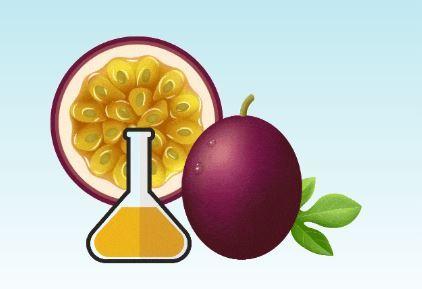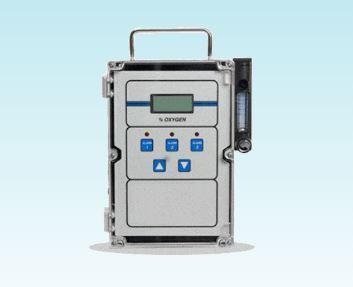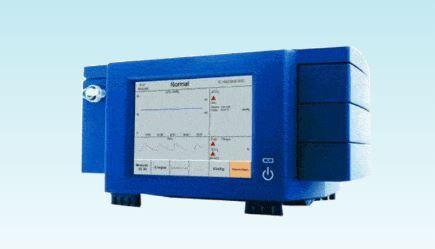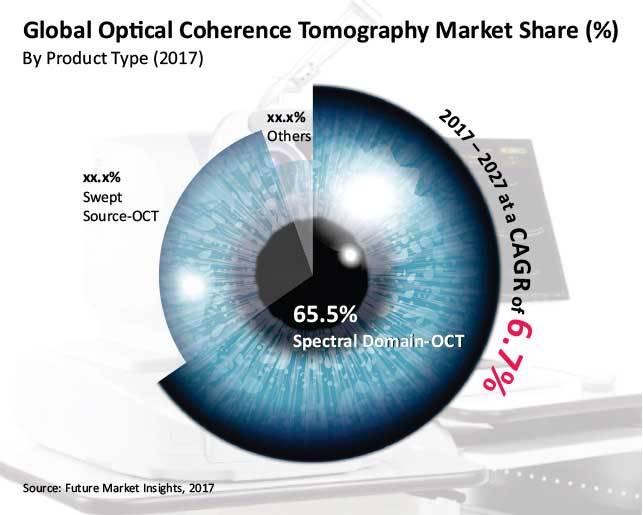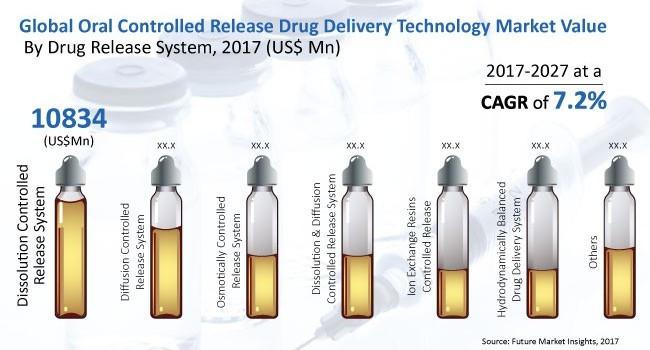
Future Market Insights (FMI), in its report, projects the global oral controlled release drug delivery technology market to register an impressive expansion at 7.2% CAGR during the forecast period 2017 to 2027. The market will surpass revenues worth US$ 20,000 Mn in 2017, and is further estimated to reach nearly US$ 50,000 Mn by 2027-end.
Oral Solid Dosage Manufacturers in North America Enabled to Achieve Significant Bioavailability
FMI’s report estimates North America to remain the largest market for oral controlled release drug delivery technology, with sales estimated to reach nearly US$ 20,000 Mn by 2027-end. Being preferred route of drug administration by physicians, demand for oral controlled release drug delivery technology has been witnessing a surge by end-users in North America. In addition, recent advancements in drug delivery have enabled oral solid dosage manufacturers in North America to achieve significant bioavailability through adoption of novel drug delivery platforms. This is further expected to drive demand for oral controlled release drug delivery technology in the region.
However, increasing research activities related to biologic molecules, and their dominance in treating oncology conditions, coupled with government investments in these research activities are expected to impede the market growth in North America. In addition, formulation challenges such as juncture of market expectations for once-daily dosing, and growth of controlled release tablets which impart abuse resistance, incurred in oral controlled release drug delivery technology are expected to further curb growth of the market in this region.
Download Sample Copy@ https://www.futuremarketinsights.com/reports/sample/rep-gb-4400
New Chemical Entities Resulting from High Throughput Screening to Drive Market Growth in Western Europe
Western Europe will register the fastest expansion in the global oral controlled release drug delivery technology market. This growth is primarily attributed to a slew of new chemical entities resulting from high throughput screening, which have low solubility and bioavailability. This has further led manufacturers in this region to invest in drug delivery methods with better clinical outcome. Owing to cost-sensitiveness in Western European countries, technologies enhancing bioavailability will remain preferred drug delivery system. These factors are expected to drive growth of the market in this region.
However, most of the pharmaceutical companies in Western Europe have complex supply chain, which is either under-utilised or inefficient. Complexity of supply chain is attributed to low flexibility and cost-effectiveness. In addition, shortening of effective patent life along with patent cliffs is a major challenge for oral solid dosage forms in this region. Factors such as these are estimated to hinder growth of the market in Western Europe.
Dissolution-Controlled Release System to Remain Sought-After among Drug Release Technologies in the Market
By drug release technology, dissolution-controlled release system will remain sought-after in the market, followed by diffusion-controlled release system. Majority of generic formulations available are in tablet dosage form and follow dissolution-controlled release mechanism. Revenues from sales of dissolution-controlled release system will surpass US$ 10,000 Mn in 2017. Demand for hydrodynamically-balanced drug delivery system will remain sluggish in the market.
Download Segment-wise Analysis@ https://www.futuremarketinsights.com/checkout/4400
Solid dosage forms of oral controlled release drug delivery technology are expected to remain dominant in the market, expanding at a high single-digit CAGR through 2027. Sales of semisolid/liquid/suspensions dosage form segment will register a comparatively lower CAGR than that of solid dosage forms in the market through 2027.
Key market players identified in FMI’s report include AstraZeneca Plc., Bristol-Myers Squibb Company, Sun Pharmaceuticals Industries Ltd, Abbott Laboratories, Merck & Co. Inc.,Novartis AG, Pfizer Inc., Mylan N.V., Sanofi, F. Hoffman-La-Roche Ltd., Johnson & Johnson Services, Inc., Vectura Group plc., GlaxoSmithKline plc.


